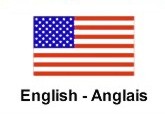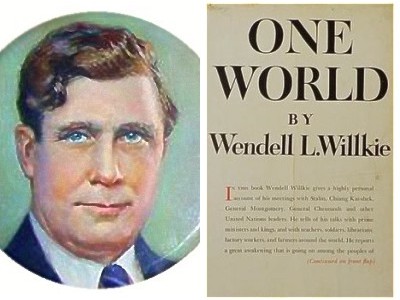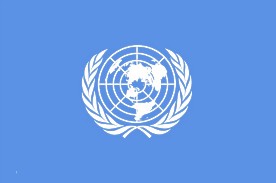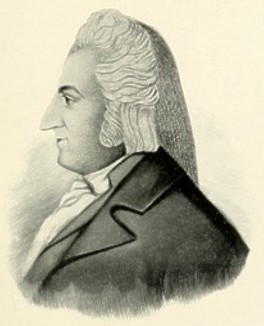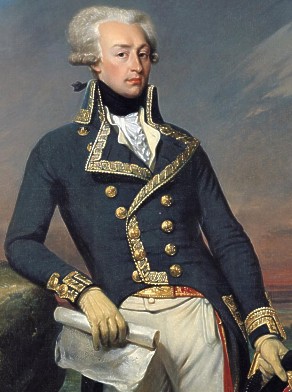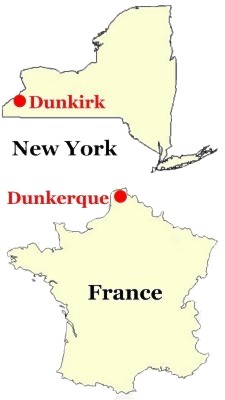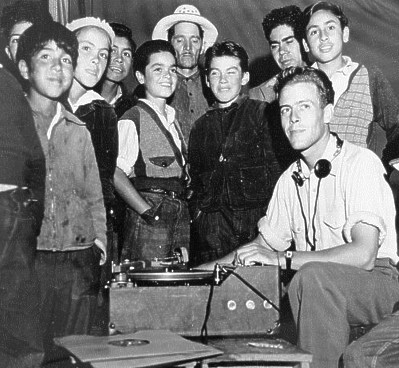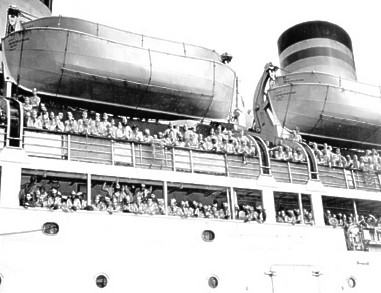A New World
When World War I ended, the United States returned to its isolationist ways, feeling protected behind two oceans and friendly neighbors. But only 25 years later, America was again involved in a global conflict.
Despite the war going badly for the Allies during the early years of the 1940s, there were people already thinking about post-war times. In April 1943, businessman and 1940 Republican candidate for president of the United States Wendell Willkie wrote a book titled "One World." Although he was defeated by Roosevelt, Willkie became a strong supporter of the president's war efforts. Willkie's book, which became an international best seller, advanced the idea that all men were fundamentally the same and only a world with a single government could prevent future wars of the type then in progress.
Left: Willkie campaign button; right: Willkie book
Most Americans felt isolation had not worked and were receptive to the message in "One World." This took the form of
support for the creation of the institution that became the United Nations.
There was also a strong desire to do something on a personal level toward creating a lasting peace. People wished to help
war-ravaged countries recover from the effects of the war.
United Nations flag. Founded in 1945, the U.N. was a response to the war.
One organization that allowed ordinary Americans to become directly involved was called American Aid to France. The man in
charge at AAtF, Charles L. Todd, had a background that suited him to the job far better than he could have initially imagined.
Part of that was his hometown.
In 1817, businessman and merchant Elisha Jenkins and several others saw a business opportunity. They bought land
at the far western tip of New York State on Lake Erie. The United States was expanding westward and they speculated
that the harbor would one day be valuable.
Jenkins, having done business in Dunkerque, France, noted a similarity in the harbors and suggested the village be
called Dunkirk.
Elisha Jenkins
Dunkirk, NY and
Dunkerque, France
In 1825, American Revolutionary War general and French citizen
Marquis de Lafayette passed through Dunkirk.
One family was so taken by his visit that there was a Lafayette in every generation thereafter.
General Lafayette
AAtF's Charles Lafayette Todd was one of those. To his friends, he was known as "Lafe."
Todd graduated from New York's Hamilton College in 1933 in what we would
now call public relations, although that term was virtually unknown then. He liked people, and they liked
him.
During the Depression, he worked in California, recording the songs of the migrants and others as part of the
Library of Congress' effort to document America's heritage.
He spent an evening at the White House playing his recordings for Eleanor and President Franklin Roosevelt,
but apparently saw it as nothing particularly important.
Charles "Lafe" Todd records the
songs of
California farm workers.
After WWII started, Todd entered the Army. He became the public relations
person for the port of embarkation in New York City. When the war focus moved to Japan, he performed the same job
for the port at San Francisco.
Soldiers aboard a troop ship
in the harbor at
San Francisco
